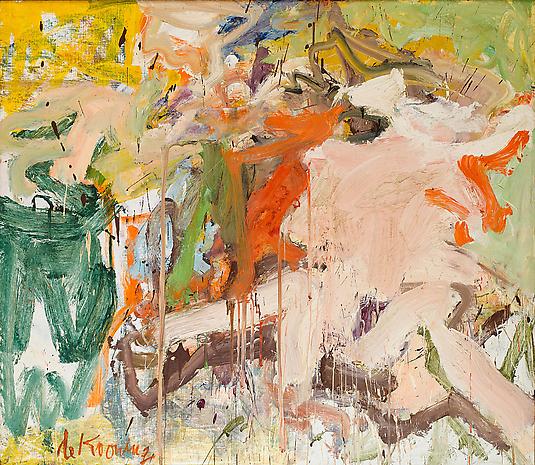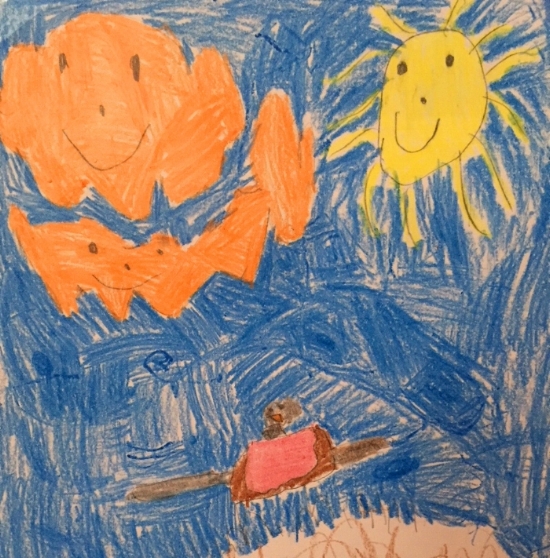First Lessons
Only when he no longer knows what he is doing does the painter do good things.
Edgar Degas
Edgar Degas, "The Conversation", oil on canvas
Every once in a while I'll have a student who comes to the first class of an art workshop certain that he's figured out how to paint. He'll tell me “I just want to get a little better at it.” He doesn't want to rock the boat by altering any of the techniques he's developed, and regards new approaches with suspicion. What if he loses those few painting skills that give him some confidence that he knows what he's doing?
That was me, age 15, standing at an easel for the first time.
Susan Abbott "Self Portrait", sketchbook, 1971
A few months earlier, feeling that the only thing in life that had any meaning was art, I had dropped out of high school. That was followed by months of working away, alone in my room, at small, meticulous pencil drawings, My father, probably out of a growing sense of desperation, found a summer figure drawing class at American University, and through a stroke of luck, the professor was the wonderful painter and teacher Robert D'Arista.
Robert D'Arista, "Interior with Bed", oil on canvas, 1982
On that first day, I brought into class my little pad with the delicately drawn sketches centered carefully in the middle of the page that I was so proud of. Professor D'Arista glanced at my sketchbook, stood me up at an easel, tacked up a large sheet of newsprint, stuck a piece of charcoal in my hand, and told me to fill up the whole paper, from top to bottom, with a drawing of the nude model.
I thought my little sketchbook renderings were sensitive and accurate. This was the way I knew how to draw, and the way I wanted my art to look-- and here was this man telling me to speed up and get messy! And so, like the teenager I was, I resisted--but only mentally, because I was too intimidated by D'Arista's quiet decisiveness not to at least try to do what he said.
That first attempt to draw at an easel, to see the whole figure rather than details, to relax my grip and work looser and larger, was terrifying. But also liberating.
Susan Abbott, "Model Reclining", graphite on paper (drawn a few years into life classes.)
Three lessons I learned that day have stuck with me:
1. Always take a chance on trying something new.
2. Be willing to move out of your comfort zone.
3. Sometimes the only way you can grow is to give up control.
Willem de Kooning, "Two Figures in a Landscape, 1967
Part of what I was learning in that first figure class was how to be more relaxed when I was drawing. More relaxed didn't mean less focused. In fact, I was completely absorbed in a new way. I was no longer distracted by the fear that one wrong move would screw up my perfect art work.
Over the course of the summer, as I concentrated more on learning a new language of line, form, and composition, my self-consciousness in the act of drawing vanished. I dropped the goal of making something "good." I was back to feeling just as I had as a little kid playing with my crayons at the kitchen table, losing myself happily in the act of drawing.
Drawing by my seven year old niece Alexi.
And I’d learned the most important lesson for a beginning artist: Focus on the process, on the looking and the thinking and the feeling, on the work of your hand. The finished product, the drawing or painting or sculpture, is not the goal. It's just the record, the residue, of our search for understanding.
Albert Giacometti, "Figure in Interior"
Your comments are welcome below!






